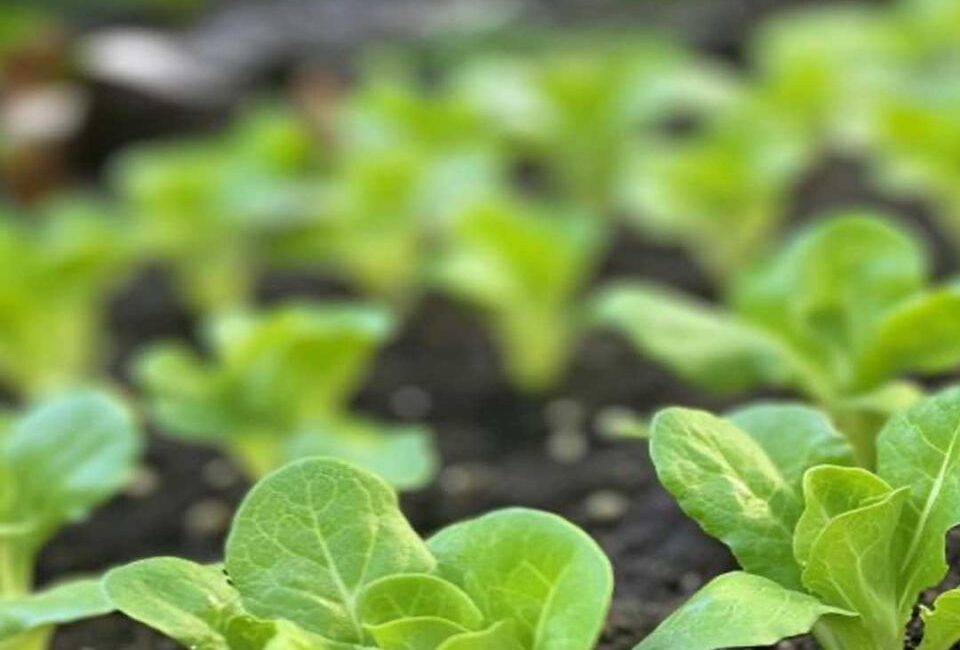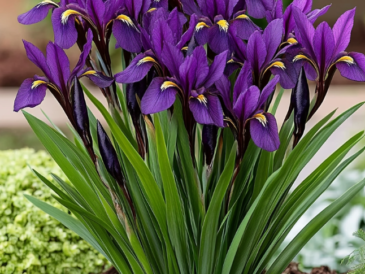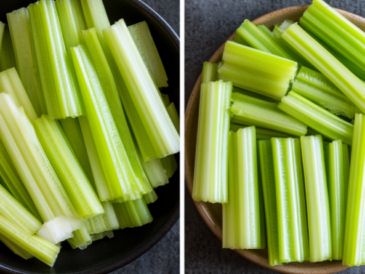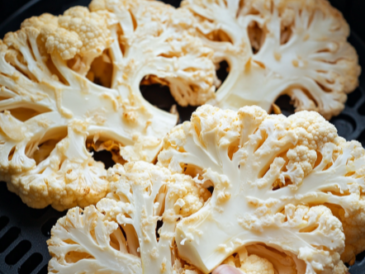4. Lettuce
Lettuce is a fast-growing crop that thrives in the cool, moist conditions of fall. It can be harvested within a few weeks of planting, providing fresh greens for salads and sandwiches.
- Best Varieties for Fall:
- Buttercrunch: A tender, butterhead variety with a sweet flavor.
- Romaine (Parris Island Cos): A crisp, upright lettuce perfect for Caesar salads.
5. Kale
Kale is a hardy green that can withstand cold temperatures and even improves in flavor after frost exposure. Packed with nutrients, kale is versatile and suitable for salads, soups, and stir-fries.
- Best Varieties for Fall:
- Lacinato (Dinosaur Kale): Known for its dark green, deeply textured leaves.
- Red Russian: A variety with tender, flat leaves and a slightly sweet, earthy taste.
6. Arugula
Arugula, or rocket, is a fast-growing leafy green with a distinct peppery flavor. It thrives in cooler temperatures and can be harvested just a few weeks after planting.
- Best Varieties for Fall:
- Astro: A milder arugula variety with broad leaves.
- Wild Rocket: An intense, peppery flavor with serrated leaves.
7. Carrots
Carrots prefer cooler temperatures and can be planted in the fall for a quick harvest. They require well-drained soil for properly shaped roots but are otherwise easy to grow.
- Best Varieties for Fall:
- Nantes: A classic, sweet carrot variety that is cylindrical and uniform in shape.
- Chantenay: Shorter and thicker, ideal for heavier soils with a sweet, crisp flavor.
8. Beets
Beets thrive in cool soil and provide both edible roots and greens. Rich in nutrients like folate and fiber, beets are a versatile crop for fall planting.
- Best Varieties for Fall:
- Detroit Dark Red: Known for its deep red color and sweet flavor.
- Golden Beet: A vibrant yellow beet with a milder, less earthy taste.
9. Swiss Chard
Swiss chard is a resilient leafy green that tolerates both cold and heat. It can be harvested as baby greens or allowed to grow to full size for larger leaves.
- Best Varieties for Fall:
- Bright Lights: A mix of colorful stems, adding a rainbow of color to your garden.
- Fordhook Giant: A variety with large, dark green leaves and thick white stems.
10. Turnips
Turnips are a fast-growing root vegetable that can be planted in the fall for a quick harvest. Both the roots and the greens are edible, making them a versatile addition to your garden.
- Best Varieties for Fall:
- Purple Top White Globe: A classic turnip variety with a mild flavor.
- Hakurei: A Japanese variety that is smooth, white, and exceptionally sweet and tender.
Tips for a Successful Fall Garden
Fall gardening requires some planning and care, but with these tips, you can ensure a bountiful harvest:
1. Start Early
Begin planting your fall garden in late summer to early fall, depending on your region’s climate. This gives your crops enough time to mature before the first frost.
2. Choose the Right Varieties
Select cold-hardy varieties that thrive in cooler temperatures. These vegetables are more likely to succeed in the fall and provide a longer harvest season.
3. Prepare Your Soil
Enrich your soil with compost or organic matter to provide nutrients for your fall crops. Well-prepared soil will help your plants establish strong roots and grow more robustly.
4. Mulch to Retain Moisture
Mulching around your plants helps retain moisture, regulate soil temperature, and protect against frost. This is especially important in the fall when temperatures can fluctuate.
5. Monitor for Pests
While fall generally has fewer pests, it’s still important to monitor your garden. Use natural pest control methods to keep any late-season insects at bay.
6. Extend the Season
Consider using row covers or cold frames to extend your growing season. These tools protect your plants from frost and allow you to harvest well into the colder months.
Conclusion: Harvesting the Fruits of Fall Gardening
Planting a fall garden with these 10 vegetables can extend your growing season and provide fresh, homegrown produce well into the cooler months. By choosing a variety of leafy greens, root vegetables, and legumes, you can ensure a diverse and nutritious harvest that will enhance your meals and your gardening experience. Whether you’re looking to reduce your grocery bill, eat more sustainably, or simply enjoy the satisfaction of growing your own food, fall gardening offers a rewarding way to make the most of your garden space. Happy planting!




